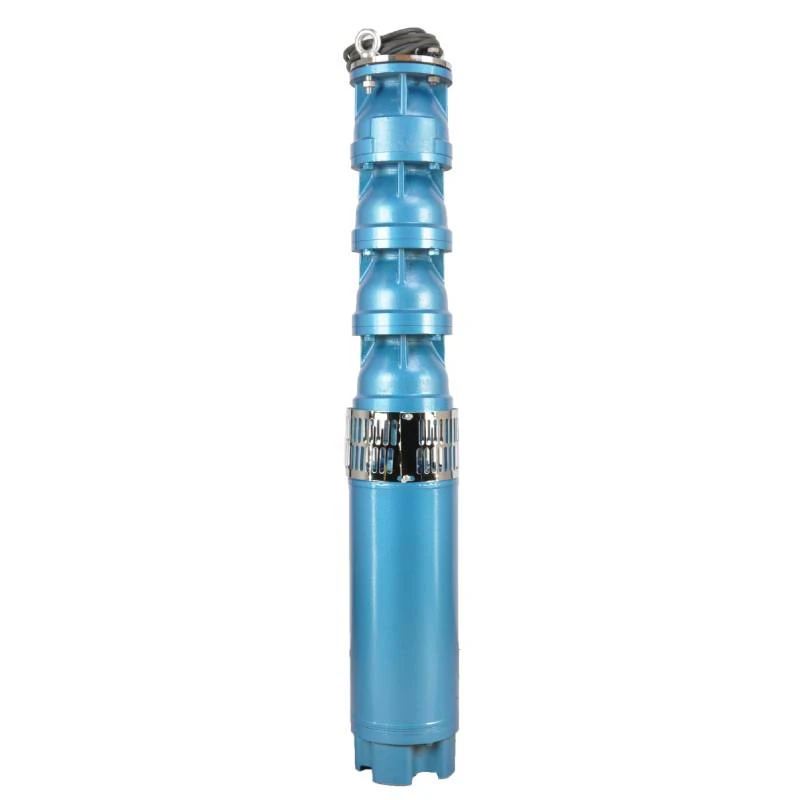Aug . 25, 2024 08:48 Back to list
Is priming necessary for a submersible pump operation and performance?
When it comes to installing a submersible pump, one of the questions that often arises is whether priming is necessary. The answer can be somewhat nuanced.
Priming a pump refers to the process of filling the pump and suction line with water or the liquid it is meant to pump to prepare it for operation. In conventional centrifugal pumps, priming is crucial because these pumps rely on the liquid to create the necessary suction for operation. However, submersible pumps operate under different principles.
Submersible pumps are designed to be submerged in the fluid they are pumping. Since the pump is already below the surface of the liquid, it does not require priming in the traditional sense. When the pump is submerged, the surrounding water naturally fills the pump casing and the discharge pipe, allowing it to start pumping immediately without the need to manually fill it with fluid. This feature makes submersible pumps particularly convenient for applications such as draining flooded areas, managing groundwater, or irrigation systems.
That said, there are a few important considerations to keep in mind when using a submersible pump. While priming in the classical sense may not be necessary, ensuring that the pump is fully submerged and that there are no air leaks in the suction line is crucial. Air leaks can prevent the pump from operating effectively, and if the pump is not submerged enough, it may struggle to maintain its prime, leading to damage and inefficiency.
do you have to prime a submersible pump

Additionally, it’s essential to check the power supply and ensure that the pump is properly connected before submerging it. This includes checking the voltage requirements and making sure that any electrical connections are safe and secure.
In some cases, if the pump has been removed for maintenance, waiting a few moments before re-submerging it can allow any trapped air to escape, ensuring optimal performance upon restarting.
In conclusion, while submersible pumps do not require priming in the traditional sense, proper installation and maintenance practices are essential to ensure they function efficiently. Understanding the operational differences between various types of pumps can prevent mishaps and enhance the longevity of your equipment.
-
Submersible Water Pump: The Efficient 'Power Pioneer' of the Underwater World
NewsJul.01,2025
-
Submersible Pond Pump: The Hidden Guardian of Water Landscape Ecology
NewsJul.01,2025
-
Stainless Well Pump: A Reliable and Durable Pumping Main Force
NewsJul.01,2025
-
Stainless Steel Submersible Pump: An Efficient and Versatile Tool for Underwater Operations
NewsJul.01,2025
-
Deep Well Submersible Pump: An Efficient 'Sucker' of Groundwater Sources
NewsJul.01,2025
-
Deep Water Well Pump: An Efficient 'Sucker' of Groundwater Sources
NewsJul.01,2025
-
 Submersible Water Pump: The Efficient 'Power Pioneer' of the Underwater WorldIn the field of hydraulic equipment, the Submersible Water Pump has become the core equipment for underwater operations and water resource transportation due to its unique design and excellent performance.Detail
Submersible Water Pump: The Efficient 'Power Pioneer' of the Underwater WorldIn the field of hydraulic equipment, the Submersible Water Pump has become the core equipment for underwater operations and water resource transportation due to its unique design and excellent performance.Detail -
 Submersible Pond Pump: The Hidden Guardian of Water Landscape EcologyIn courtyard landscapes, ecological ponds, and even small-scale water conservancy projects, there is a silent yet indispensable equipment - the Submersible Pond Pump.Detail
Submersible Pond Pump: The Hidden Guardian of Water Landscape EcologyIn courtyard landscapes, ecological ponds, and even small-scale water conservancy projects, there is a silent yet indispensable equipment - the Submersible Pond Pump.Detail -
 Stainless Well Pump: A Reliable and Durable Pumping Main ForceIn the field of water resource transportation, Stainless Well Pump has become the core equipment for various pumping scenarios with its excellent performance and reliable quality.Detail
Stainless Well Pump: A Reliable and Durable Pumping Main ForceIn the field of water resource transportation, Stainless Well Pump has become the core equipment for various pumping scenarios with its excellent performance and reliable quality.Detail
